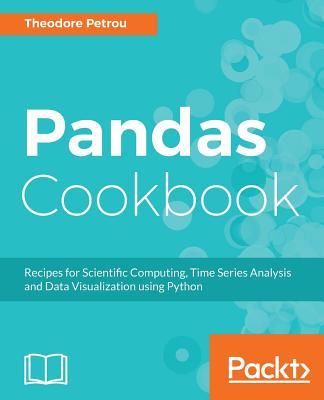What do you think?
Rate this book


Pandas is one of the most efficient scientific computing packages in Python. It has an enormous amount of power and flexibility to tackle any data task in a variety of ways. It is common for advanced users to write “ugly” Pandas code. With this book, you will explore data in Pandas through dozens of practice problems with detailed solutions in iPython notebooks
This book will provide you with clean, clear recipes and solutions on how to handle common data manipulation tasks. You will be introduced to Pandas and its various features. You will learn about working with different types of data sets, data manipulation, and data wrangling. You will explore the power of Pandas DataFrames and find out about Boolean and multi-indexing with Pandas. You will perform statistical, time series computations, and implement them in financial and scientific applications.
By the end of this book, you will know how to perform fast and accurate scientific computing in Python.
What you will learn Group, aggregate, transform, reshape and filter data to discover meaningful insights Combine and merge data from different sources through Pandas SQL-like operations Create beautiful and insightful visualizations through Pandas direct hooks to Matplotlib and Seaborn Perform efficient and powerful analyses with Pandas time series functionality Build pipelines to import, clean and prepare real-world messy data sets for machine learning Create big data workflows for processing data that is too large to fit in the memory About the AuthorTed Petrou is a data scientist at Schlumberger where he spends the vast majority of his time exploring data. Some of his projects include using targeted sentiment analysis to discover the root cause of part failure from engineer text, developing customized client/server dashboarding applications and real-time web services to avoid mispricing of sales items. Ted received his Masters degree in statistics from Rice University and used his analytical skills to play poker professionally and teach math before becoming a data scientist. He is also head of Houston Data Science and a top Pandas answerer on stackoverflow.
538 pages, Paperback
Published December 6, 2017